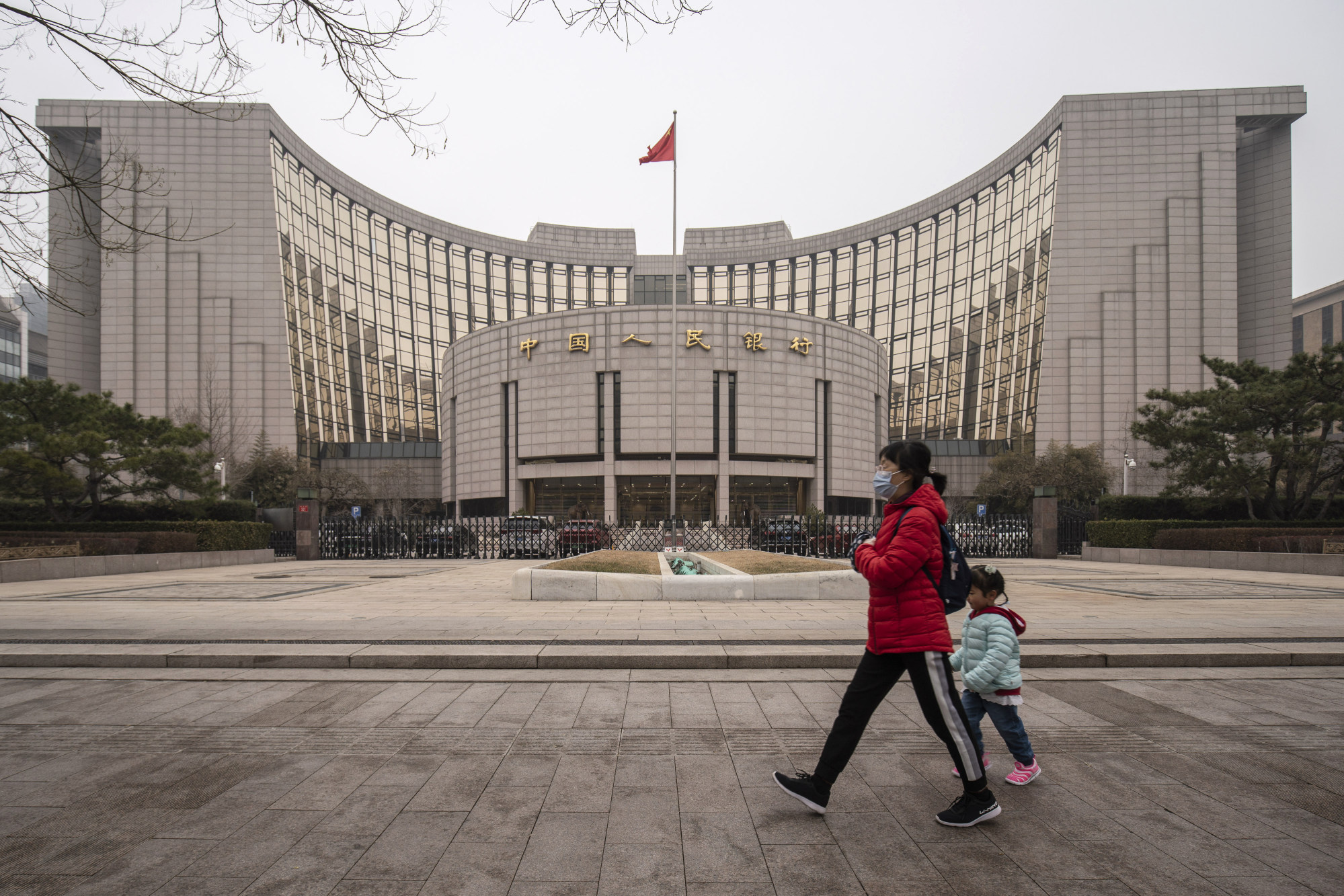PUTRAJAYA: With bundles of cash in numerous currencies, as well as gold ingots and luxury watches totalling millions uncovered, the question now is how deep the current corruption probe into former prime minister Datuk Seri Ismail Sabri Yaakob goes.
At a press conference on the matter at the MACC headquarters here yesterday, Chief Commissioner Tan Sri Azam Baki said MACC was now viewing Ismail Sabri as a suspect and not just a witness.
“In this matter, I can say that he is a suspect in the case.
“Firstly, Section 36 (of the MACC Act) has been issued for asset declarations.
“Secondly, since the money was found with links to him, we will need his statement on the discovery,” said Azam.
Yesterday’s press conference displayed the recent haul of monies found in raids linked to the investigation.
Bundles of cash were arranged and grouped together according to the respective currencies.
Several luxury-brand watches and gold bars were also on display.
On Sunday, the MACC said in a media statement that around RM170mil in foreign currency and 16kg in gold worth nearly RM7mil were seized from “safe houses” following investigations into four senior officers who served under Ismail Sabri.
The foreign currencies seized included Thai baht, Saudi riyal, British pound, Korean won, euro, Swiss francs and Chinese yuan.
Regarding the seized monies, Azam said investigations were underway to trace finances.
“On this matter, our officers from the Forensic and Intelligence divisions will be involved,” he added.
On the current status of investigations, Azam said no Yayasan Keluarga Malaysia bank accounts had been frozen.
“We have yet to freeze the Yayasan Keluarga Malaysia account because it is not an individual account and remains active.
“However, accounts of the former prime minister are being investigated and we will seek explanations from him on all his accounts,” Azam said.
A total of 13 bank accounts with around RM2mil have been frozen as part of the investigations.
Azam said the Commission still needed to record statements from seven or eight other individuals for further action.
He also said Ismail Sabri would be called back in for additional statements, though it would depend on his current health condition.
“It is expected that the session will be conducted this Wednesday.
“The statement recording will be on his asset declaration and the cases currently being investigated,” Azam added.
When asked if Ismail Sabri’s former private secretary Datuk Nazimah Hashim was overseas as claimed by some parties, the MACC chief denied the claims.
Azam said MACC had met her for statement recording as well.
“Her statement has been taken and there has never been an instance where we had to get her statement from overseas. She is still in the country,” he confirmed.
Azam also denied claims that the investigation was politically linked, or a form of selective prosecution.
“Do you think it is selective? I direct the question back to you.
“I don’t think so. I always maintain that we investigate professionally and fairly.
“This is no current instruction from anybody. We act on our own based on information and evidence,” he said.
Four former officials, including two individuals with the title Datuk, who are linked to Ismail Sabri were previously remanded by the MACC on Feb 21, on suspicion of being involved in corruption.
It is understood that several cases are currently under investigation by MACC, including one involving government spending amounting to RM700mil for promotional and publicity purposes.
Related stories:
- MACC to call Ismail Sabri for statement on Wednesday
- No selective prosecution in Ismail Sabri case, says Azam Baki
- Ismail Sabri a suspect in ongoing MACC investigation, says Azam Baki
- RM170mil and gold seized
- MACC looks to recall ex-PM
- MACC to summon Ismail Sabri again to assist in investigations
- MACC to haul up eight more people in ex-PM aides’ graft probe
- Three ex-aides of former PM Ismail Sabri released on MACC bail
- Prominent figures among witnesses to be called up in probe into four linked to ex-PM, says MACC chief

















